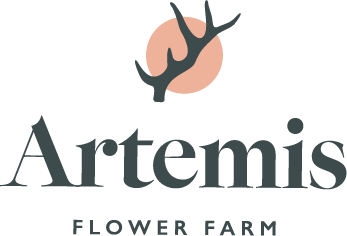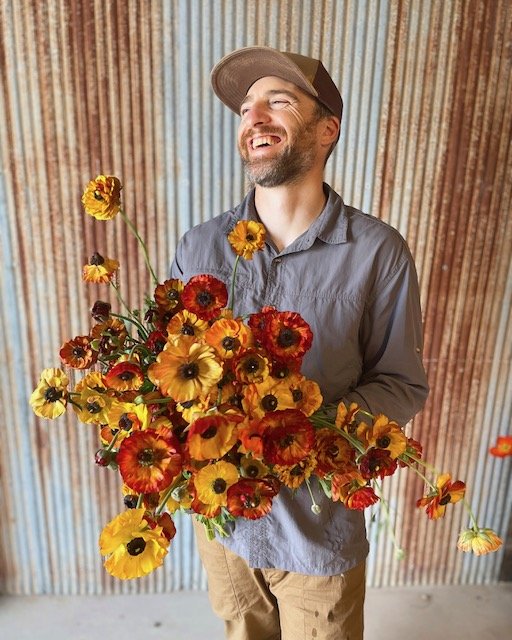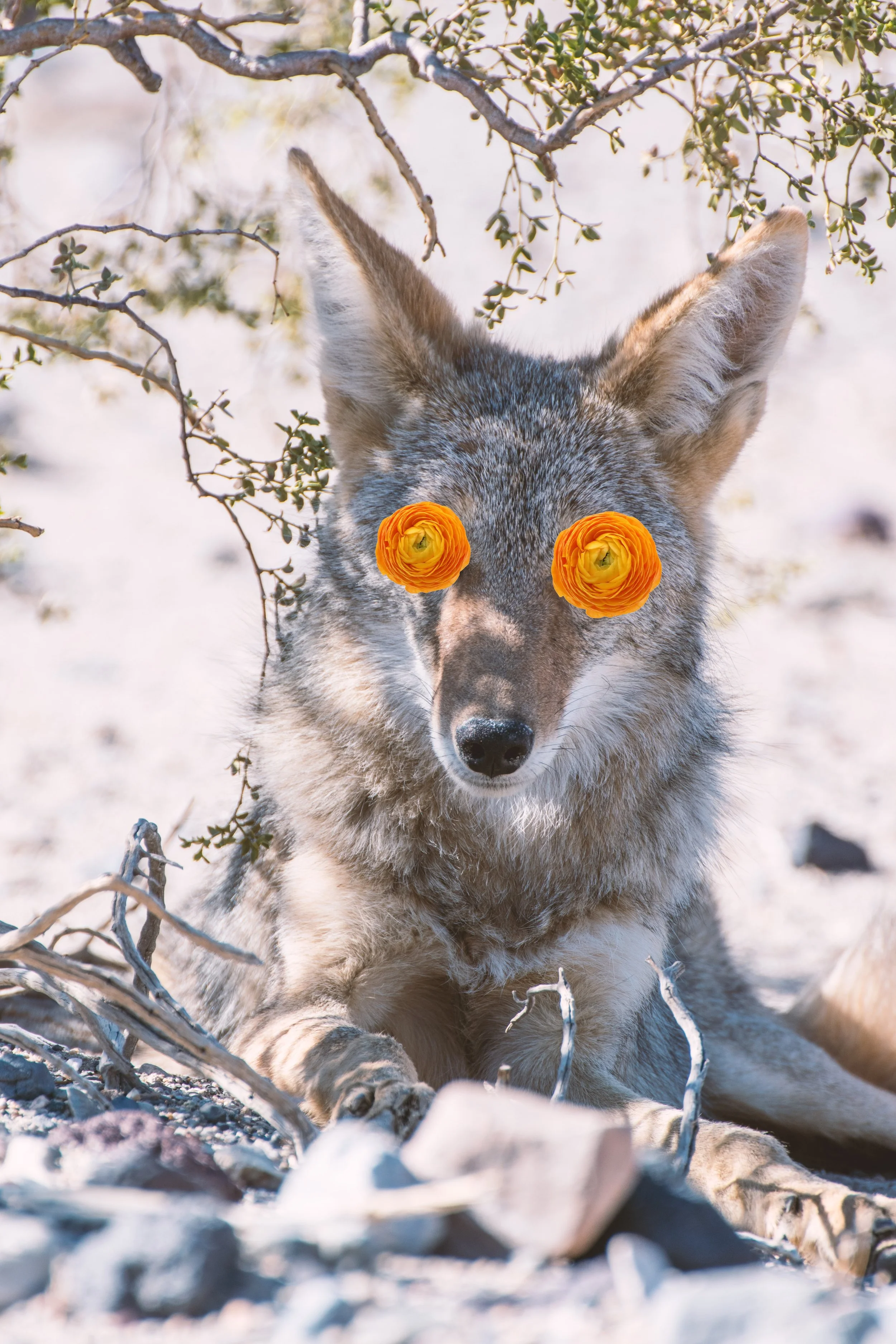Ranunculus: Flower Spotlight
This article comes from our series of flower spotlights, which are adaptations of the newsletters we send to members of our flower share throughout the season. You can see more spotlights by heading here.
Ranunculus asiaticus, aka Persian buttercup
Nelson and one of our favorite varieties, Tecolote Café.
According to The Gardener’s Botanical, the word Ranunculus comes from the Latin rana, meaning ‘frog’, and the diminutive unculus, so… a small little frog flower! How beautiful. Ranunculus are a magical spring flower that seems to give us all the luxury and bounty of summer, in its richly layered petals and saturated colors. A houseful of ranunculus is simply delightful.
Buttercups are widespread throughout the world, and many are creeping or small, while others are tall in stature and big on style. In the Pacific Northwest, the buttercup is called "Coyote's eyes"—ʔiceyéeyenm sílu in Nez Perce and spilyaynmí áčaš in Sahaptin. In the legend, Coyote was tossing his eyes up in the air and catching them again when Eagle snatched them. Unable to see, Coyote made eyes from the buttercup. Wild, no?
We start planning our ranunculus in May of the previous year, when we decide how many corms to order from the wholesaler. Many ranunculus corms are grown in Italy, Israel, and the Netherlands. When we receive the corms, in January of the planting year, we put them into moist flats of soil and wait for them to wake up and begin to sprout - usually about 1 month. This year, they went into our unheated hoop houses, at 6 rows per bed and 6 inches apart, in early February. Then follows a long wait as the corms wake up, develop longer roots, leaves, and begin to send up flowering shoots in mid-April. At that point, it’s time to put the shade cloth on our tunnel, so that the stems will stretch and be usable in bouquets.
In our quick, warm springs, the flowers usually bloom for about 4 weeks, in a huge rush of beauty. We can often harvest thousands of stems in a single week, or in just a few days. They are ruffly, lush, twirly, and awe-inspiring - It’s easy to see why they are many folks’ favorite flower.
Coyote with his buttercup eyes :)



